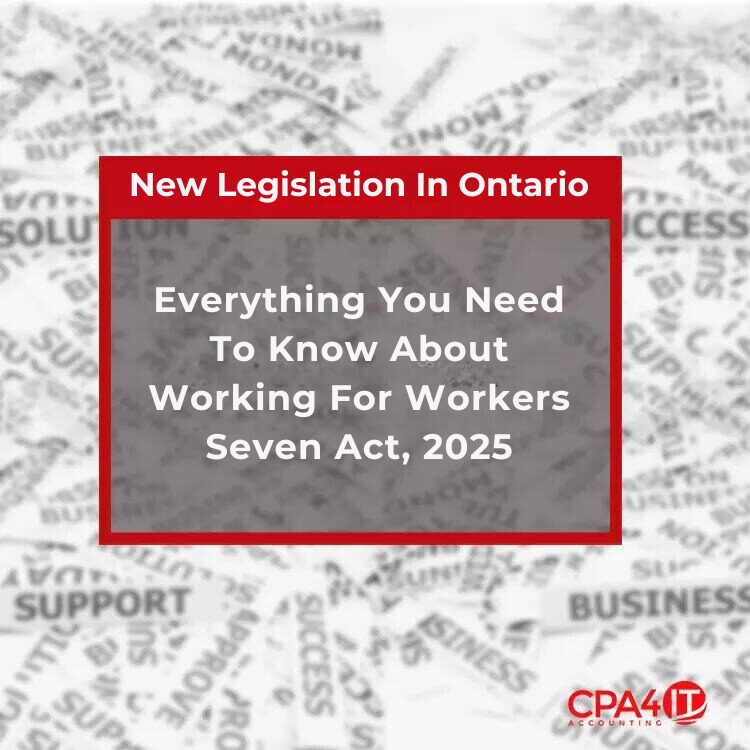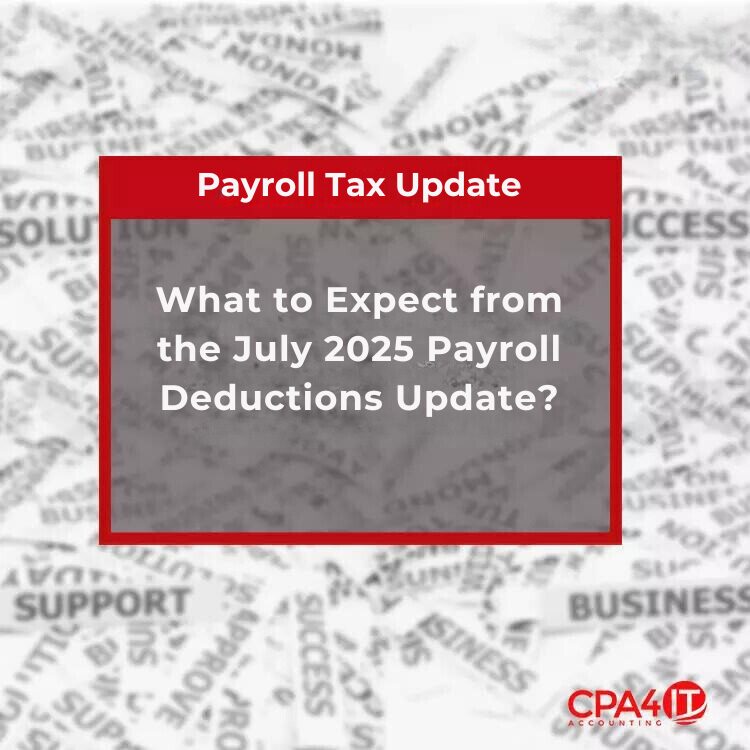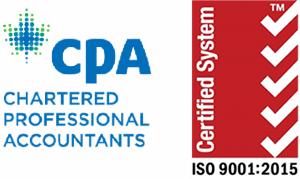Everybody hopes for a big tax return come springtime. As a small-business owner, solid bookkeeping is the best way to ensure that you get the most out of your return. If you’re hiring an outside accountant to do your taxes, providing that accountant with detailed financial records not only makes the job go faster, but keeping track of every bit of money that came through your business during the year can open up opportunities for tax deductions and returns that you may not have considered.
In Canada, there are a wide variety of categories that can potentially be claimed as business expenses, including but not limited to:
- Insurance fees
- Property tax
- Meals and entertainment costs
- Accounting fees
- Travel
- Supplies
It can be difficult to remember all of these items offhand, but if you keep detailed books, at the end of the year you have a record of every item that you spent money on, and you can then check that record against the list of deductible business expenses from the Canada Revenue Agency, and know exactly what amounts you can and can’t claim.
At the beginning of the year, take a look at the list of deductible expenses and determine which categories you’re most likely to spend money in. Consider creating a labelled file folder for each of these expense categories. This way, when you make a purchase, you can immediately file the receipt in the applicable expense category, saving you time when you need to make your expense calculations.
Bookkeeping over the course of a few years also makes it easier for you to estimate how much tax you’ll owe. If your profits and losses remain somewhat stable over a few years, you can get an idea of how much you’ll need to set aside each year for taxes, or how much you should be charging your customers for GST or HST.
Each province in Canada has a different threshold for when a business owner is required to pay taxes by quarterly instalments, instead of as a lump sum at the end of the year.
- In Quebec, the annual threshold is $1,800 in net tax owings
- In all other provinces and territories, the annual threshold is $3,000 in net tax owings
In all cases, your business needs to exceed the threshold for taxes for two consecutive years. For example, imagine you run a business in Ontario, and last year you owed $3,500 in taxes after filing. You check your financial records and find that business has been slower this year, and your estimated net taxes owed will only be $2,900 this year. In this case, you can still pay your taxes as a lump sum at the end of the year. However, if your business was steady this year and you once again owe over $3,000, you’ll need to start paying by quarterly instalments.
If you’re paying your taxes in instalments, quarterly and even monthly financial reports can really come in handy. A clear picture of your income within a specific quarter makes it easy to figure out how much tax to pay for that three-month period.
What Is Net Present Value?
The Net Present Value (NPV) of your business is a calculation that helps you analyze potential projects or investments that might be worth your while. The NPV calculation is a snapshot of a period of time that illustrates how much money you’ve had come in versus how much you’ve paid out.
It helps you estimate whether a given project or investment would result in more money coming in, or if you’d lose money on the venture. Understanding how to calculate Net Present Value is beneficial for your long-term financial planning.
Historical Cost
Your goal in bookkeeping is to keep the most accurately detailed account of business financials. To do so, you must factor in the historical cost of certain items. Determining the historical cost of something you’ve purchased or acquired is merely accounting for the purchase or acquisition at the then-rate you paid.
This means you’ll have an accurate valuation of the item and your expenses related to depreciation are accurate. Historical cost may factor in when you’re accounting for lump-sum purchases.
Accounts Receivable & Accounts Payable
After you have sold goods or provided a service, you invoice the purchaser. Once the invoice has been presented, the amount of the sale is now owed to you. This is money that you’re due to receive, hence its placement in your general ledger under Accounts Receivable. Tracking purchasers who have paid against those who haven’t illustrate your company’s accounts receivable turnover ratio.
Any monies you owe to suppliers or other agencies for goods or services provided are placed under Accounts Payable. Accounts Payable is an expense account that lets you know how much money you owe to your creditors. Rent, business insurance, and software subscriptions are expenses you pay before receiving the benefit of the service—these are prepaid expenses.
When you account for deferred expenses, your bookkeeping will reflect the month you actually enjoy the benefit of the expense rather than the month in which you paid it. As illustrated above, between the two basic methods of accounting (cash or accrual), you can best account for prepaid expenses using the accrual method.
A common expense some small businesses incur is payroll. If your business incorporates brick-and-mortar sales with online sales, payroll will be different between the two. To analyze which type of sales amount to the largest profit for your company, you must segregate in-person sales from online sales.
As you balance Accounts Receivable against Accounts Payable, the result is your net income. Divide this amount by net sales amount to obtain your profit margin. If the ratio of income to debt is small, you’re operating with a narrow profit margin. Analyze where you can cut some costs, and you can improve a narrow profit margin. You can also track your gross margin weekly, biweekly, or monthly based on your sales.
Need Further Assistance?
Filing your taxes can prove to be quite complex, especially if you aren’t used to them. However, we are committed to ensuring that our clients never have to worry about filing their taxes on their own. Our decade’s worth of experience allows us to make this process smooth and accurate for our clients. This can enable you to focus on where it matters to organize finances, create wealth, and transform that wealth into a legacy!
For further assistance, feel free to book a FREE consultation with one of our experts by clicking here.







